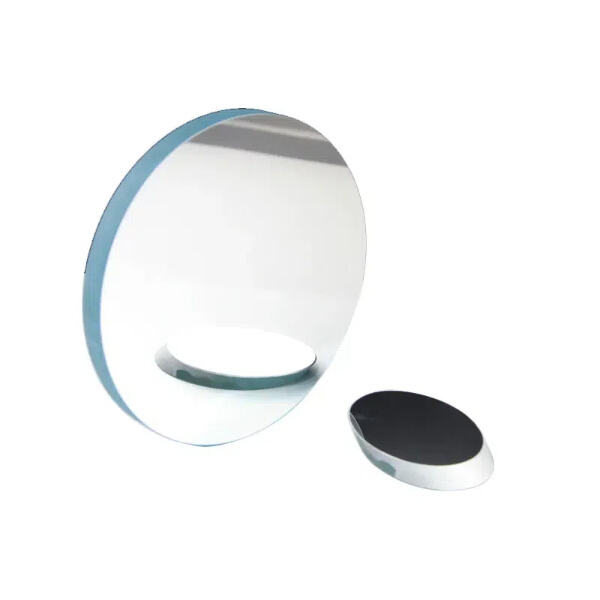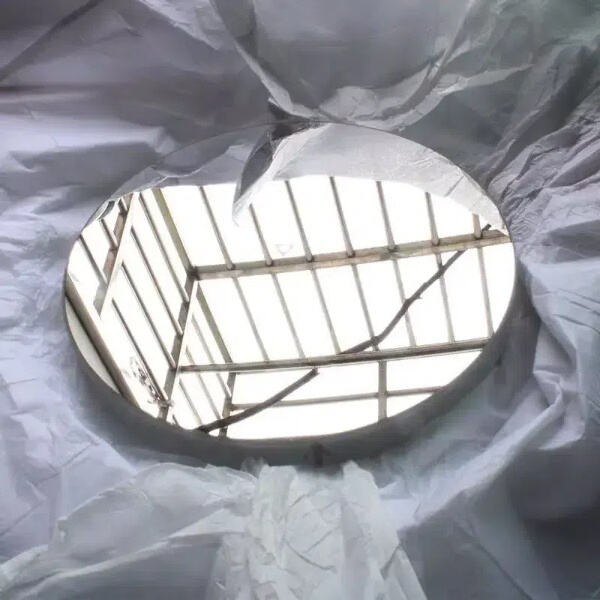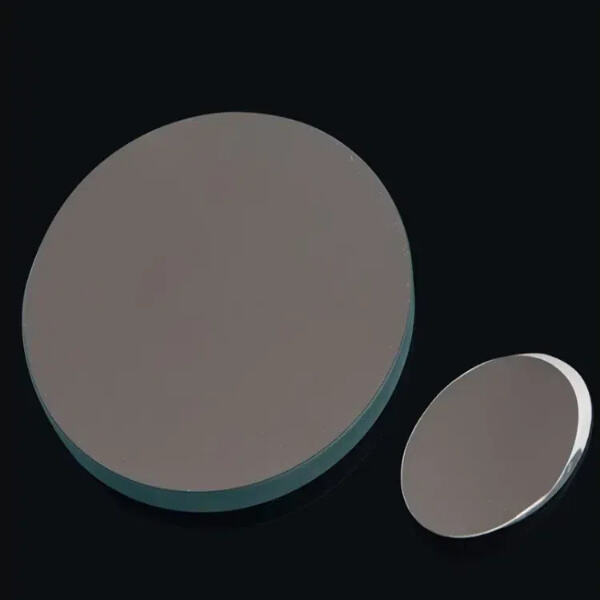
-
+86-156 60188203
[email protected] - Dazhai, Nanyang City, Henan Province China
- Dilluns - Diumenge 8.00 - 18.00 Diumenge Tancat

Alla on la llum toca, aquesta es reflecteix. La reflexió és un procés fantàstic. Penseu, per exemple, en el que passa quan mirem a un mirall: Què veiem allí? En altres paraules, la llum que es reflecteix del nostre rostre i va al mirall torna (per exemple). Els miralls esfèrics, que són meitats de seccions d'una pilota amb forma de cuia i s'utilitzen com a retrovisors, TL: Què té d'especial els miralls que dissenyeu? La llum impacta en aquests miralls esfèrics, reflectint la llum d'una manera que produeix una imatge clara. És útil entendre-ho per saber quan i com utilitzar un mirall parabòlic per obtenir la imatge que volem, sigui d'un telescopi o per altres dispositius òptics.
Els principals tipus de miralls esfèrics són els còncavos i els convexos. Els miralls còncavos tenen forma de cuia amb la corba cap endins, mentre que els miralls convexos tenen una corba cap amunt com el dors d'una cuina. Utilitzem els dos tipus de miralls per a diferents propòsits ja que tots dos reflecteixen la llum d'una manera diferent. Els miralls còncavos són bons per a concentrar la llum, i per tant s'utilitzen en dispositius com lluïssants o faros de cotxes. El mirall en això ells serveix per orientar la llum en un raig definit perquè sigui més eficient i desitjable. D'altra banda, els miralls convexos s'utilitzen en els retrovisors laterals dels cotxes. Aquests miralls ajuden a la visibilitat posterior, permetent als conductors veure una àrea més ampla al seu voltant, fent-ho segur per als qui canvien de carril i conduïn.

La física òptica és l'estudi de la llum i com es comporta quan impacta amb materials reflectants. Això ens diu el que fa la llum quan s'hi troba amb objectes. Un exemple perfecte per mostrar com es pot manipular la llum per formar imatges són els mirrors esfèrics. De la física, sabem com la llum es reflexiona en aquests mirrors i per tant podem utilitzar-ho a nostre favor. Per exemple, els telescopis utilitzen tant lenses com mirrors per refractar i concentrar la llum procedent d'estrelles i planetes a grans distàncies. És per això que som capaços d'observar cosos al espai tan llunyans, que podrien ser difícil o impossible de veure amb els nostres ulls desprotegits. Aquest principi de refracció ens permet desenvolupar avanços tecnològics que utilitzen la llum, com ara càmeres per a la captura d'imatges i projectors per a la projecció de pel·lícules.

Els miralls i les lents esfèriques són bastant útils però tenen els seus propis defectes. Cada vegada que la llum reboti en un mirall, la imatge és o bé deformada o bé perduda en una borrositat. Això és on has de ser molt cautelós quan utilitzes aquests tipus d'aparells. Les lents també tindran dificultats per convergir la llum amb angles incidents diferents i enfocar-la. Això pot provocar imatges desenfocades, i no desitjades. Conèixer aquests límits és important ja que ens permetrà ajustar els dissenys dels nostres dispositius diaris de manera que ens proporcionin un treball eficient i facin les nostres imatges més prístines.

Per exemple, tant els telescopis com les ulleres estan formats per miralls o lents esfèriques. Els telescopis utilitzen lents i miralls per recollir, ampliar i enfocar la llum de objectes llunyans com estrelles que no són visibles a l'ull desguarnit. A les persones aficionades a l'astronomia els agrada molt això i estan curioses per saber més del espai. Això és similar en el cas de les ulleres, on també intervenen lents. Aquestes correguen la manera en què la llum entra als ulls de les persones, fent-ho més fàcil per a elles veure correctament. Les lents poden ser còncaves per a la miopía o convexes per a la presbicia, depenent de les necessitats d'una persona. Sigui que estem usant les estrelles per navegar o llegint un llibre, els miralls i lents esfèriques ens ajuden a veure les coses.
L'avanç de la nostra empresa és que podem personalitzar òptica de miralls i llents esfèrics segons els dibuixos dels clients, variant des de petits fins a grans dimensions, la quantitat de models disponibles en línia per producció ha arribat a més de 400. Tenim molta experiència en l'elaboració de diversos productes personalitzats, i equipament de detecció complet.
Tenim un equip de vendes i atenció al client, amb més de 60 empleats. La nostra empresa té una ampla experiència en exportacions, importacions i també en col·laboració. Els nostres clients són d'empreses òptiques, universitats, instituts de recerca, centres de recerca, etc., amb més de 30000 miralls i lents esfèrics distribuïts a més de 80 països de tot el món.
Amb la certificació ISO9001, l'empresa tecnològica de nivell superior de Xina, nova tecnologia, certificació CE, SGS. La nostra empresa està equipada amb més de 300 conjunts d'equipament totalment integrat, amb més de 10 investigadors. Podem oferir miralls i lents esfèrics assegurant la qualitat del producte.
Nanyang Jingliang és un fabricant de components òptics amb una superfície de 10.000 metres quadrats. La nostra empresa es centra en el processament de prismes òptics, lents i disseny de sistemes òptics, així com en la seva producció i venda. Som capaces de proporcionar miralls i lents esfèrics per a totes les vostres necessitats de components òptics.
Copyright © Nanyang City Jingliang Optical Technology Co., Ltd. All Rights Reserved — Política de privacitat